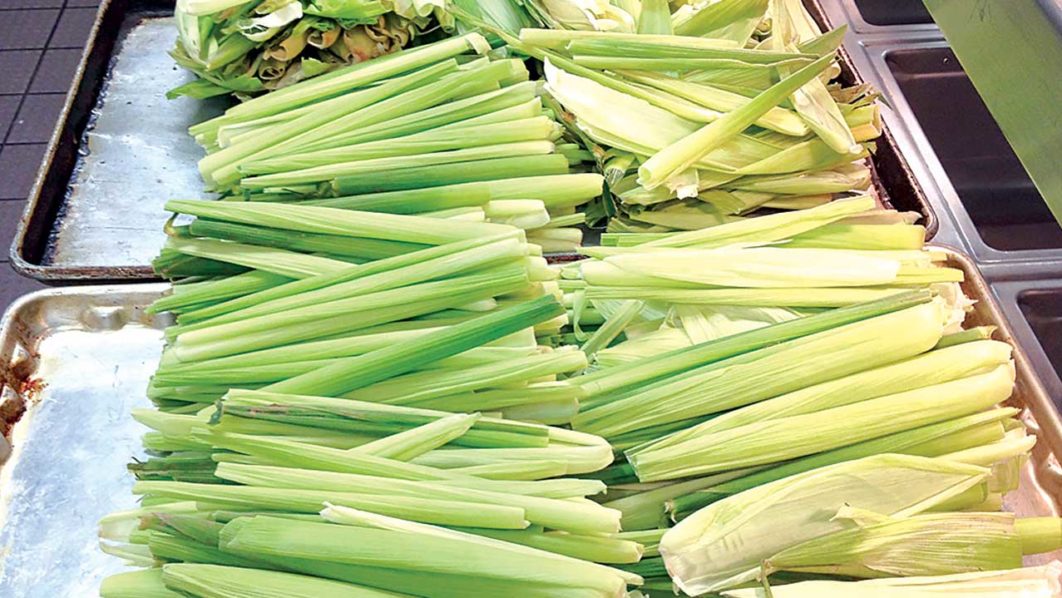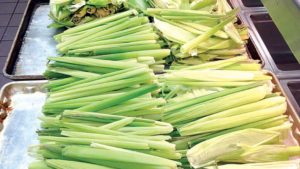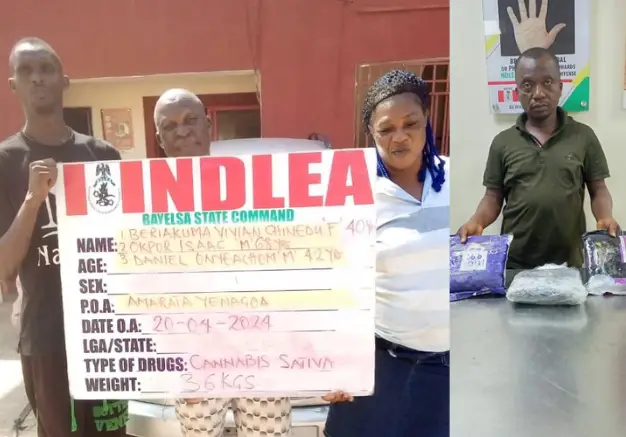The husk extract fractions of corn/maize (Zea mays) has been confirmed by scientists to possesses antimalarial and anti-plasmodial activities. This justifies its use in ethno-medicine to treat malaria infections.
Botanically called Zea mays, corn or maize belongs to the plant family Poaceae.
Husk (or hull) in botany is the outer shell or coating of a seed. It often refers to the leafy outer covering of an ear of maize (corn) as it grows on the plant. Literally, a husk or hull includes the protective outer covering of a seed, fruit, or vegetable.
Anti-plasmodial means something that counters parasites of the genus Plasmodium (Plasmodium falciparum and Plasmodium berghei), which are the common malaria parasites.
The study titled “Antimalarial and anti-plasmodial activity of husk extract and fractions of Zea mays” was published in the journal Pharmaceutical Biology. The researchers include: Okokon J.E.; Antia B.S.; Mohanakrishnan D. and Sahal D. The researchers assessed the antimalarial and anti-plasmodial potentials of the husk extract and fractions on malaria parasites using in vivo and in vitro models.
The ethanol husk extract and fractions (187-748 mg/kg, p.o.) of Zea mays were investigated for antimalarial activity against Plasmodium berghei using rodent (mice) malaria models and in vitro activity against chloroquine sensitive (Pf 3D7) and resistant (Pf INDO) strains of Plasmodium falciparum using the SRBR green assay method. Median lethal dose and cytotoxic activities against HeLa and HEKS cells were also carried out. The GCMS analysis of the most active fraction was carried out.
The results showed the husk extract (187-748 mg/kg, p.o.) with median Lethal Dose (LD50) of 1874.83 mg/kg was found to exert significant antimalarial activity against P. berghei infection in suppressive, prophylactive and curative tests.
The crude extract and fractions also exerted prominent activity against both chloroquine sensitive (Pf 3D7) and resistant (Pf INDO) strains of P. falciparum with the ethyl acetate fraction exerting the highest activity with IC50 values of 9.31 ± 0.46 μg/mL (Pf 3D7) and 3.69 ± 0.66 μg/mL (Pf INDO). The crude extract and fractions were not cytotoxic to the two cell lines tested with IC50 values of >100 μg/mL against both HeLa and HEKS cell lines.
IC50 is the half maximal inhibitory concentration is a measure of the potency of a substance in inhibiting a specific biological or biochemical function.
Also, new research suggests that chemicals in purple corn can reduce inflammation and insulin resistance in a mouse cell model.Corn may not be the most obvious choice when looking at managing diabetes. However, this grain comes in a variety of shades and colours, and it is these pigment chemicals that might hold the key to unlocking its potential benefits for people living with diabetes.
A 2017 study showed that rats that ate extracts from a strain of blue corn alongside a Western-style diet had less abdominal fat, better blood cholesterol and triglyceride levels, and lower blood pressure than rats that ate only the Western-style diet.
A research team from the University of Illinois at Urbana-Champaign, United States, who worked with collaborators at Northeast Agricultural University and Zhejiang University, both in China, now presents data showing that the complex phytochemicals in a variety of new purple corn strains may reduce inflammation and improve insulin sensitivity in a mouse cell model.
Elvira Gonzalez de Mejia, corresponding author and a professor of food science, led the research, and the team published the findings in the journal Food Chemistry. For the study, the researchers spent four years growing 20 new varieties of corn, which they derived from Apache red maize. They then used water to extract the chemical compounds present in the outer layer of the corn kernels, called the pericarp.
Each pericarp extract had a unique profile of anthocyanins, the pigments that create a corn strain’s particular shade of red-purple, as well as other phytochemicals or phenolic compounds, including caffeic acid, vanillic acid, luteolin, and quercetin among others.To test the potency of each strain’s pericarp extract, the researchers took to the laboratory and used mouse cell models of inflammation and obesity — two critical drivers of diabetes — as well as insulin resistance.
Scientists validates Corn husk in malaria treatment






